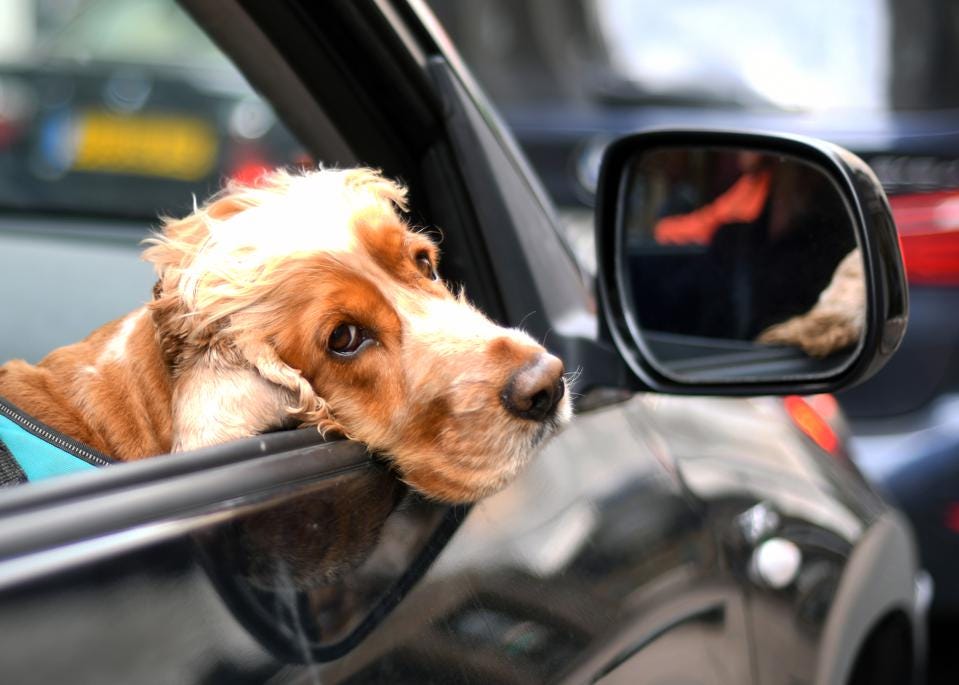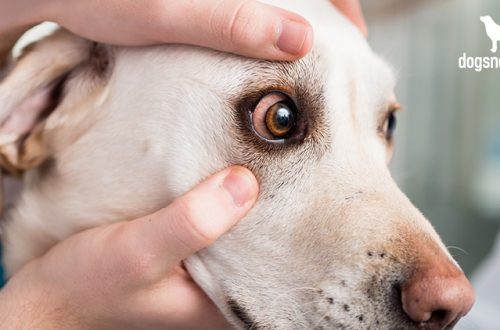
Driving dogs. An amazing story of strength and beauty
Some people prefer to spend the cold season curled up on the sofa in front of the fireplace with a hot cup of cocoa, but for sled dogs, life is just beginning at this time!
In many parts of the world, lower temperatures mean that snow is about to fall and that is the time of year when you want to stay at home and hibernate until the warmth and spring return. But for sled dogs and the people who work with them, the hot season (and fun!) is just beginning.
Forward!
The image of dog sledding in the snow conjures up picturesque scenes of frosted fir trees and sparkling white expanses. And you can be sure: these strong dogs are hardworking and love their work!
After all, these dogs follow their instincts from an early age to travel long distances and pull heavy loads. They begin this training as puppies, and by the time they become teenagers, they are already taken to races with older dogs to develop social skills and learn their musher’s commands, according to PetMD.
According to National Geographic, the most popular sled dog breed is not the Siberian Husky or Alaskan Malamute that people commonly associate with dog sleds. The most popular sled dog breed is the Alaskan Husky, especially known for its strength and endurance. As a rule, sled dogs weigh from fifteen to thirty kilograms and can pull loads twice or more than their weight.
What defines a great sled dog?
Sled dogs are selected by mushers based on criteria such as height, weight, fur quality, teamwork, etc. Sled dogs are excellent athletes, lean and muscular, with healthy eating habits. There is no limit to the number of animals that can pull the sled, so depending on the purpose, a driver can have from two or three dogs for small jobs such as transporting supplies, up to twelve or sixteen dogs.
To keep out the cold in harsh climates, sled dogs rely on a thick undercoat to keep them warm and wear dog booties to protect their sensitive paws. Before racing (such as the famous annual Iditarod dog race in Alaska, USA or the Yukon Quest in Yukon, Canada) and other non-sporting tasks, each dog undergoes a thorough medical examination to ensure that he can work safely.
Team Members
Each dog plays an important role in the team, which is determined by its position in the team. Usually the animals are harnessed in pairs in two parallel rows, led by a leader who sets the pace for the entire team. The leader has a keen sense of smell and superior intelligence. Guide dogs follow him. They help the team through the corners and guide the rest of the team that makes up the bulk of the team. Team dogs are placed in the center according to their strength and power. Directly in front of the driver are steering dogs, which are harnessed closest to the sled. These are the strongest dogs of the team, which must be able to remain as calm as possible in stressful situations. Steering dogs are also the most agile runners, which do not allow the sled to roll over on sharp turns.
Sled dogs play an important role not only in racing. In Alaska’s Denali National Park and Preserve, a kennel of about 35 dogs helps protect and control wildlife on about 240 hectares. These amazing dogs, among other things, transport employees to the most remote corners of the reserve, inaccessible to vehicles, to deliver supplies. Sled dogs are cared for in a modern kennel that allows visitors. So, if you go to the USA and get to Alaska, you will be able to see firsthand how majestic, strong and beautiful these sled dogs are!
History of the sled dog
Sled dogs played an important role in the settlement of Alaska’s maritime frontiers due to their ability to withstand the low temperatures required for the long trek through the snowy wilderness. The US Bureau of Land Management reports that early settlers used kayak-like vehicles equipped with ski-like chassis to harness these amazing work animals to transport goods and people. Similar finds were also found in Siberia. So, on the island of Zhokhov from the archipelago of the New Siberian Islands, the oldest known remains of sled teams and dogs were discovered – the finds are about 9 thousand years old! In those days, the dogs were larger than their more graceful modern relatives, which are bred more for racing than for transporting goods. They are an important part of the history of the settlement of the Arctic, Siberia and Alaska. Although today’s sled dogs perform slightly different functions than their ancestors, they are the true embodiment of strength, beauty and dexterity in the work they love.
Through the trust and patience required to build a partnership, a special relationship develops between the driver and his dog team based on mutual trust, love, understanding and respect. If you ever happen to be lucky enough to watch these dogs in action, enjoy it to the fullest – you will never regret it.





